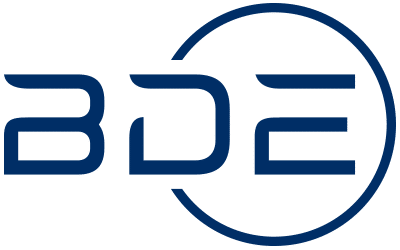If you are starting a business, creating a corporate identity is vital in order to consistently communicate your business’s core values and personality across all areas. There is no point in thinking up a great concept and brand idea, without being able to convey it to your potential customers.
Your business identity should be able to be communicated wordlessly through your corporate identity – it should be designed in order to deliver the company’s philosophy and objectives through its basic visual elements such as the logo, colour scheme, prints/patterns, stationery, promotional materials and website.
This is one of the most important steps in establishing a business, as this will be how your customers come to recognise your company in years to come.
Below are a few of the first steps which should get you on your way to building a strong and recognisable brand.
Logo Design
Once you are certain who your target market is and what direction you want your corporate identity to go in, the next step of the process is to get your logo professionally designed.
There are many elements that go into a great logo design, and although a lot comes down to personal taste, there are a few aspects that logo designers agree contribute towards good logo design. Overall an effective logo will be timeless, memorable, versatile, flexible and appropriate.
Keep your brand identity and target market in mind when considering colour, font and icon or pattern use. Also remember to think ahead – will the colours you have chosen work well on stationery and a website? Can the pattern/icon you have used become an integral part of your visual identity and be used across many promotional items?
To make sure your logo stands out from the crowd and creates a lasting impression, ensure it conveys your brand identity as well as being visually effective and powerful.
Business Cards & Stationery
Depending on your business type you may require different sorts of business stationery, but an essential for any start-up is a business card. As well as providing all your contact details, your business card also reflects your identity through the design.
Despite varying business types and personal tastes, the aim of the business card is the same – to leave an impression. Use of design techniques like 3d effects and visual contrast, can help your business card remain simple, appropriate but effective.
At this point patterns and shapes created using your logo can be introduced and continued through all elements of your stationery and into your promotional materials and website. Whatever colours and elements you choose to use, make sure they are kept consistent across all aspects of your stationery to keep your visual identity looking strong and co-ordinated.
Website
When taking the leap into website design, there will be a lot of important decisions that you need to make, one of the most important being which agency to use. In most cases, the company who have designed your logo and business stationery will usually offer a web design service. When looking for a professional web design agency you should look for the following attributes:
– Bespoke design – no templates used
– W3C compliant and SEO friendly coding
– Functionality can be built according to your business needs
– Hosting and maintenance
– Future support
Many people can initially be put off by the prices that go hand in hand with high quality, professional web design – there would be nothing more harmful to your brand than ending up with a website that looks unprofessional or just like someone else’s.
When starting the web design process, one of the most important steps that mustn’t be rushed or overlooked is the initial brief. This is a vital stage where you communicate to the designer what your business identity is, your goals and what you hope to achieve with the website. It is at this point where the designer who is creating your website needs to see your logo and business cards/stationery, as your newly formed corporate identity can easily be used throughout the website, replicating and continuing on from these items with the same colours, fonts and patterns to created a uniformed, professional and visually appealing design.
Initial promotion
Once your website is up and running, you can start to encourage visitors by using promotional tools such a social media, flyers, leaflets etc. Your new corporate identity can be used in all of these areas – from using your logo on Facebook and creating a background for your Twitter page, to getting leaflets and brochures designed as well as other marketing materials in the future. It can of course be extended to products and packaging, uniforms, signage and interior design.
When all elements are put together, they create a strong and effective visual projection of your company and its identity. Consistency is always key for achieving a professional and authentic aesthetic.
Consistent communication of your brand values through visual marketing will help your customer connect your business name to your identity.
Ensure that you take your time and think through every step, don’t rush the process – if you suddenly change your mind about your identity 6 months down the line, it may cause your business to look weak and un-stable, let alone cost a considerable amount.
The long term effect of having a strong corporate identity that spans across every aspect of your business is that your company will project an image of professionalism and authenticity, whilst simultaneously communicating its core values and identity in one instant.


